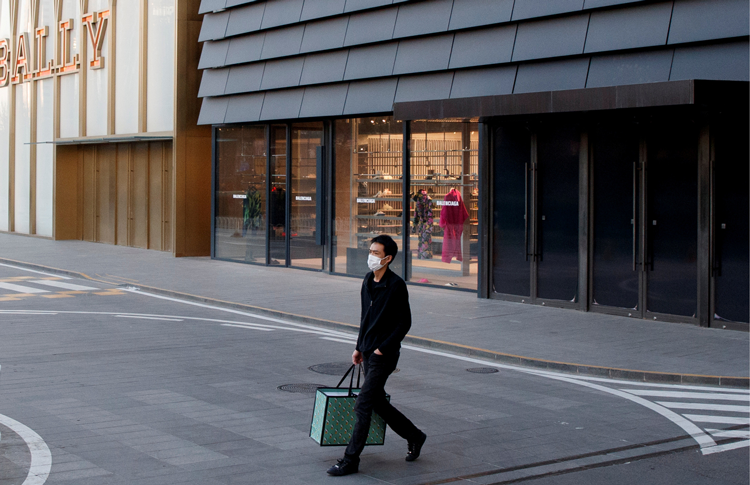 What will the future of work look like? Indeed, what will the office of the future look like, particularly in the aftermath of the pandemic? These are questions that law firms, among other businesses, will likely be grappling with over the coming months and years. And with COVID leaving workplaces empty for prolonged periods, firms using this time to relook at their needs and options when it comes to workspaces.
What will the future of work look like? Indeed, what will the office of the future look like, particularly in the aftermath of the pandemic? These are questions that law firms, among other businesses, will likely be grappling with over the coming months and years. And with COVID leaving workplaces empty for prolonged periods, firms using this time to relook at their needs and options when it comes to workspaces.
Cecilia Wang, a Hong Kong-based director at design firm M Moser Associates, says the modern legal workplace will need to reflect the “agility” of technology used by clients, staff and partners in a post-COVID world.
Wang, who works with law firm clients, has watched as expectations and needs have shifted over time, with spaces for collaboration and work-life balance growing critical.
“Moving away from traditionally cellular and status-symbolising spaces, law firms are increasingly leaning towards more agile workplaces,” says Wang, adding that she has noticed a greater focus on “synergising aesthetics with flexibility, functionality, collaboration, and interaction.”
Neil Salton, former principal of Woods Bagot Singapore and managing director of ChangeWorq, a workplace strategy practice, assists firms with realising the type of workplace they want to create. Similarly, he has also noticed several ways that law firm workspaces are changing — and are likely to continue to evolve in the future.
Salton, who takes a particular interest in firms “looking to change and adapt to disruptive times,” considers law firms “interesting examples,” noting that they have a variety of needs and requirements they must balance.
“Some law firms are already changing away from the traditional partner office and separate desk-based environment for juniors towards a more layered space strategy where there are spaces for client meetings, layered with a mix of social, informal meeting areas for lawyers and clients,” Salton tells ALB. But there are many other opportunities for firms to modernise, including “shifting from enclosed space and formality” to create spaces that promote a sense of coaching and mentoring within the physical space of the firm, he adds.
There’s a balance too when it comes to overhauling spaces and making them more open, that firms will have to navigate when reassessing their spaces post-COVID. There must be enclosed meeting spaces for confidentiality reasons, for example, and firms must balance the different work styles and expectations of various staff members.
“Focus and concentration is super important in a legal practice and unless you are a partner with an office, this can be hard to achieve in a more open area. So, we need plenty of spaces where anyone (regardless of seniority) can go to concentrate,” Salton adds.
While lawyers grow more used to working in non-traditional spaces, it remains to be seen whether offices will respond by offering more privacy — or making sociable spaces the norm. But we are likely to see design imbibed with greater safety considerations in the future.
Wang describes the pandemic as prompting law firms to rethink existing layouts and functionalities to ensure their teams’ safety is prioritised. She also predicts that we are likely to see “human-motivated” design post-pandemic.
“This is where the human side of transformation will play an important role in shaping the post-COVID work-place, where empathy and clear communication will enable firms to address the emotional needs that will ultimately impact the employee experience, whether it be in the physical workplace, split between the office and home, or entirely remote,” Wang says.
“In the end, workplaces will need to be designed with the human needs at their heart in such a way that is adapt-able enough to accommodate future drastic changes in both their business landscape and the world. As law firms look to reassess their objectives and outlook, their new workplace will adjust accordingly,” she adds..
To contact the editorial team, please email ALBEditor@thomsonreuters.com.


